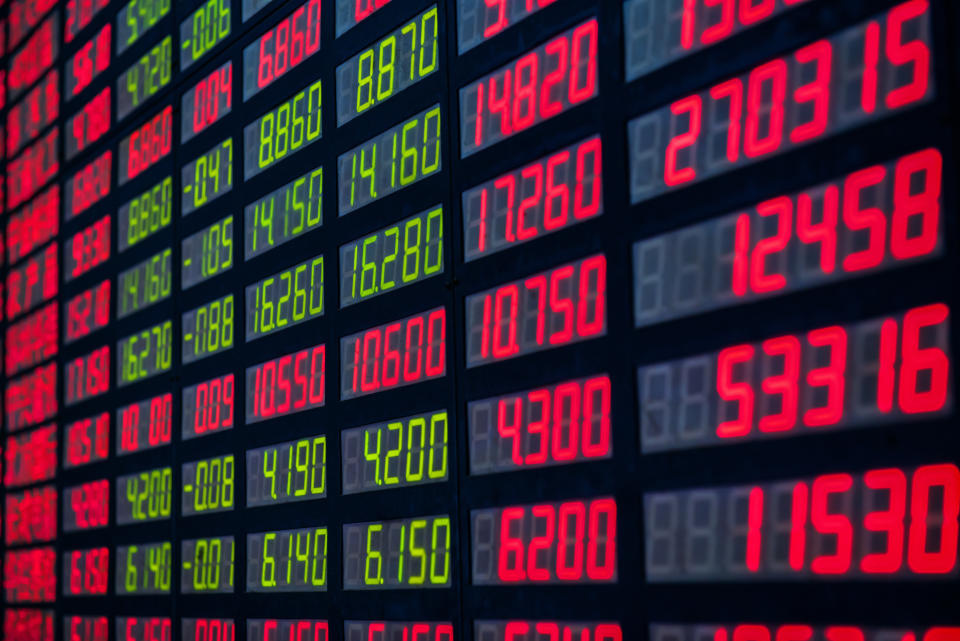Investors Shun Some of 2023’s Hottest ETFs. Here’s Why.

Some of last year’s most popular ETFs aren’t so hot in 2024. Of the 10 exchange-traded funds with the largest inflows in 2023, four have registered outflows so far this year.
ETF flows can be quite volatile, especially over relatively short periods of time. The outflows from these products reflect changing macroeconomic conditions and investor attitudes.
SPY Suffered Most Outflows
The biggest U-turn was made by the SPDR S&P 500 ETF Trust (SPY), which pulled in a whopping $48.4 billion of cash last year.
This year, it’s leading the losers board, with near-record outflows of $29 billion.
On the surface, such massive outflows for SPY are strange in a year in which the S&P 500 is hitting record highs. But SPY isn’t like most other S&P 500 ETFs.
A wide range of market participants use the fund to express their views, from short-term traders to long-term investors, and everything in-between. The ETF also boasts the deepest options market of any fund.
The short-term traders who use SPY as a tool to quickly enter and exit the stock market cause large swings in the ETF’s flows.
A lot of those traders piled into the fund late last year, causing SPY’s annual inflows for 2023 to balloon to a record high. This year, they’re removing money from the ETF, perhaps to deploy elsewhere or just to take profits.
Sticky Inflation Hurting TLT
SPY may have been the biggest flows winner of 2023, but arguably no ETF received more attention than the iShares 20+ Year Treasury Bond ETF (TLT), which picked up $24.8 billion of inflows last year.
Investors piled into the long bond ETF on expectations that the Fed was nearing the end of its rate hiking campaign and that the most interest-rate-sensitive bonds would benefit once the central bank started to cut rates.
It was a convincing bull case, but one that proved to be wrong for much of 2023 as the Fed hiked rates much further than most investors had expected.
Ironically, now that it looks like rates have finally peaked and the Fed is gearing up to cut rates, demand for TLT has dried up.
The ETF has suffered outflows of around $1.1 billion year-to-date, signaling that investors don’t think long bonds are all that attractive at current levels.
Investors Rotating Out of Large Caps, RSP
Megacap tech stocks dominated 2023’s market performance, fueling the S&P 500 to a more than 26% gain.
But strip out those big tech stocks, and last year’s return for the market-cap-weighted index was not nearly as impressive.
The Invesco S&P 500 Equal Weight ETF (RSP), which, as its name implies, equally weights all its holdings, rose by half as much as the traditional S&P 500—13.7%.
Worried that big tech stocks were getting carried away and convinced that the market rally would broaden, many investors bought up RSP in 2023. Inflows for the ETF totaled almost $13 billion, the ninth-most of any ETF last year.
But just as in the case of TLT, investors seem to have missed the mark. One quarter of the way into 2024, big tech is still trouncing the market, leaving SPY well ahead of RSP in performance.
Dejected, investors have pulled $89 million from the equal-weighted ETF.
QUAL Outperforms But Still Sheds Assets
A shaky economy with rising interest rates was the perfect environment for high-quality stocks to thrive in.
And thrive they did. In 2023, the iShares MSCI USA Quality Factor ETF (QUAL) surged 31%, beating the S&P 500 by more than 500 basis points, and prompting investors to add $11 billion to the quality factor exchange-traded fund.
It’s curious then that investors have pulled $1.1 billion from QUAL this year, even as the ETF outperforms the broader index again, 9.6% to 7.7%.
Maybe competition is to blame. Demand for other quality ETFs, like the Invesco S&P 500 Quality ETF (SPHQ) and the GMO US Quality ETF (QLTY) has been strong this year, with inflows of $971 million and $340 million, respectively.
